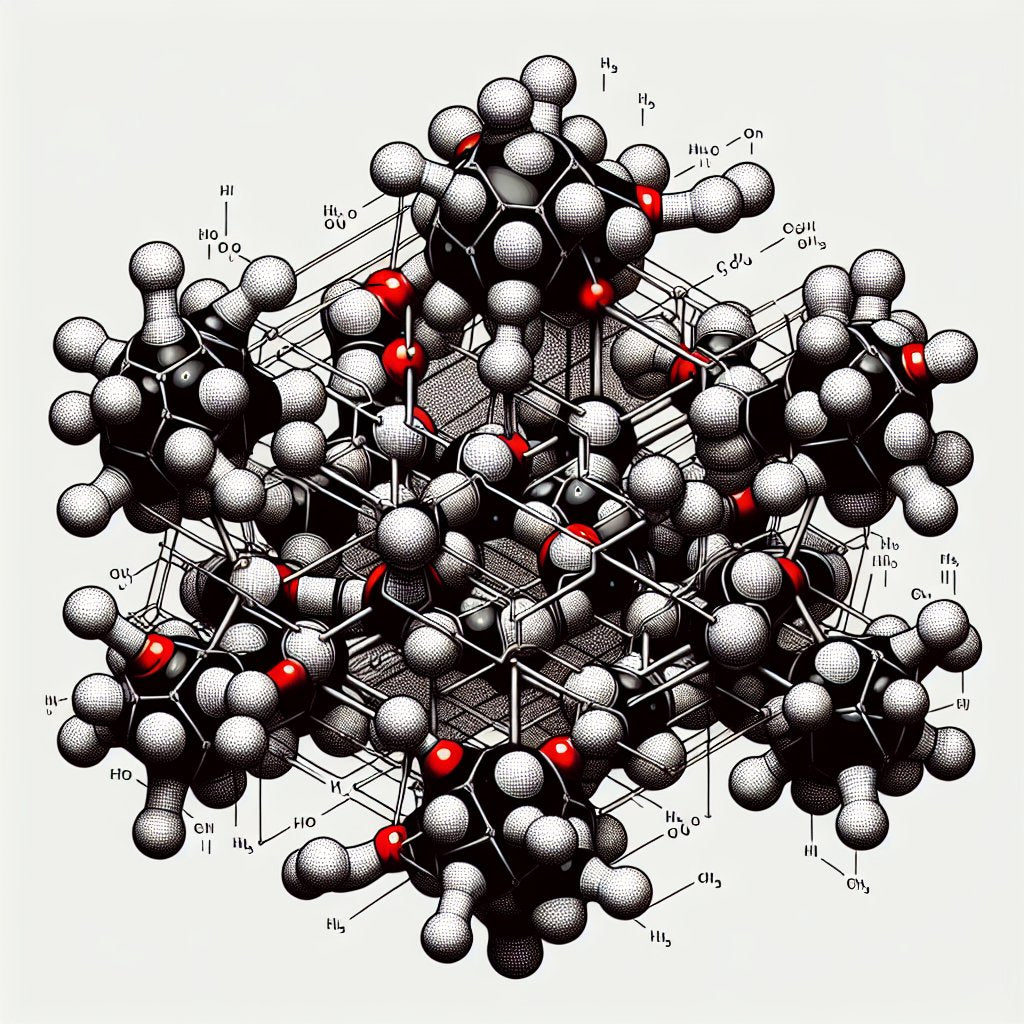Javanol: An Essential Component in Contemporary Scents

Javanol has caused a revolution in perfume-making winning over both experts and enthusiasts with its one-of-a-kind woody aroma. This lab-created wonder has swept through the scent industry giving perfume creators a dependable and eco-friendly option to replace natural sandalwood. Thanks to its spicy and musky undertones, Javanol now shows up in many high-end perfumes adding richness and personality to base notes that stick around long after you first spray them on.
As we dig deep into the world of Javanol, we'll look at where it comes from and its makeup, break down its smell, and see how it fits into today's perfume-making. We'll also take a good look at what makes Javanol special comparing it to other lab-made sandalwood scents like Sandalore, Ebanol, Bacdanol, and Polysantol. By the time we're done, you'll have a new understanding of this key ingredient that's changing how modern fragrances smell.
Where Javanol Comes From and What It's Made Of
Javanol, a lab-made sandalwood molecule, made a splash in the fragrance world in 1996 grabbing attention with its unmatched strength and staying power. This scent wonder comes from a Simmons-Smith double reaction involving a cyclopropanation process that could confuse even the most experienced chemist. The end product? A rich mix of isomers that's as fascinating as a perfumer's hidden recipe.
Javanol comes from α-pinene, a natural substance in pine trees giving it an -friendly background. Its special structure, with two cyclopropane rings, makes it so stable that even a gymnast would envy it. This stability, along with its very low odor threshold, turns Javanol into a real powerhouse among synthetic sandalwood fragrances.
Olfactory Profile of Javanol
Javanol, a scent that changes like a chameleon, has a woody smell that's hard to pin down, like a ninja hiding in trees. This fake sandalwood wonder smells more complicated than a puzzle cube. It's woody, yes, but with a smooth creamy twist that feels slick. Some people smell roses, while others catch fruit and grapefruit scents. It's like it can't decide what to be! Javanol's fresh, flowery, and cologne-metal mix makes it useful for many things. You can smell it even when there's very little, and it works well at levels below 0.1%. That's what we call getting a lot from a little smell!
Javanol in Modern Perfumery
Javanol has an impact on the fragrance world as its secret weapon sneaking into perfumes like a thief in a mall. This fake sandalwood stand-in forms the core of many scents often playing cat and mouse in fragrances that claim to have "real sandalwood." It works like a magician's trick, to boost that wanted sandalwood smell without spending too much or harming rare trees.
Javanol lovers take note: Adam Levine for Women gives this sneaky aroma star billing in a fragrance both men and women can wear. At the same time, Alessandro Gualtieri, perfumery's wild experimenter, goes all out with Javanol and other subtle scent molecules. His brainchild, Bergamask Orto Parisi sneaks up on you like a ninja - you might miss it at first, but trust me, it's there!
Getting to Know Javanol's Special Traits
Javanol, a true powerhouse in the fragrance world, has a chemical structure that chemists find fascinating. Its two cyclopropane rings give it stability comparable to a yogi balancing on its head. This molecule has such a low odor threshold that it packs a wallop even in small amounts, making it stand out among sandalwood synthetics. You can use Javanol in many ways - it adds depth to a wide range of products, from high-end perfumes to laundry softeners. This scent also sticks around for a long time, like an uncomfortable pause at a family meal. Just remember, Javanol doesn't mix well with acid cleaners or bleach - those are its weak spots!
Javanol vs. Other Sandalwood Synthetics
In the world of woody scents, Javanol stands out from the crowd. This strong smell has more impact than its artificial sandalwood relatives. Sandalore gives off a simple warm woody scent, but Javanol offers a rich creamy twist. Ebanol brings a dusty, musky smell to the mix, yet Javanol bursts in with a clean, flowery touch that grabs your attention. Even the classy Polysantol, while impressive, can't quite match up to Javanol's star power. Because you can smell it even in tiny amounts, Javanol is like a quiet voice that fills a huge space.
